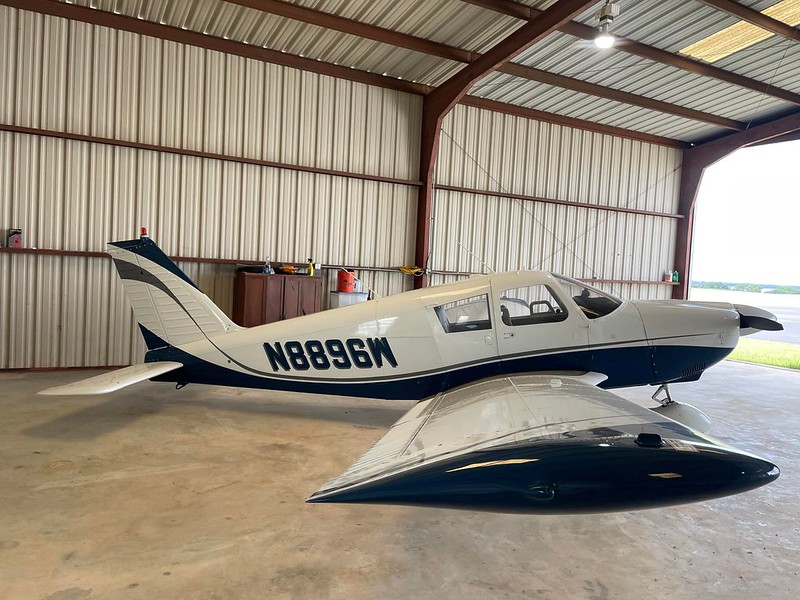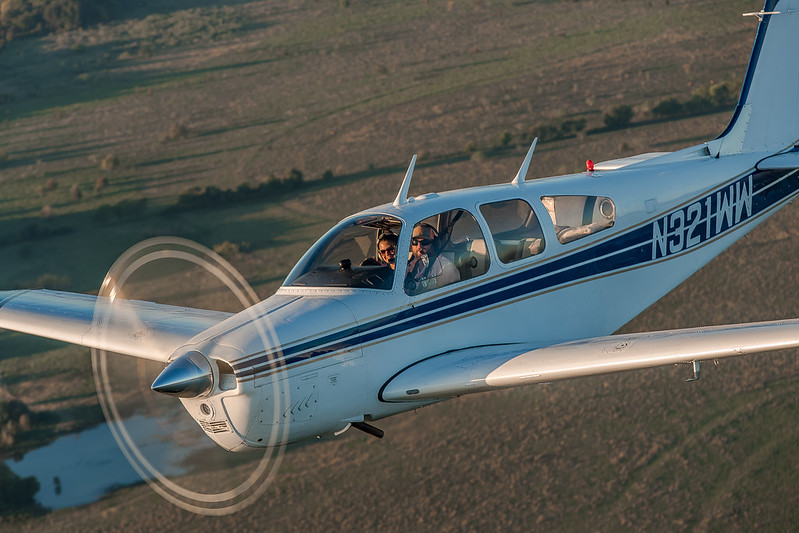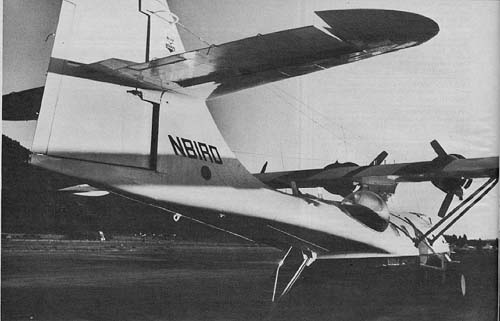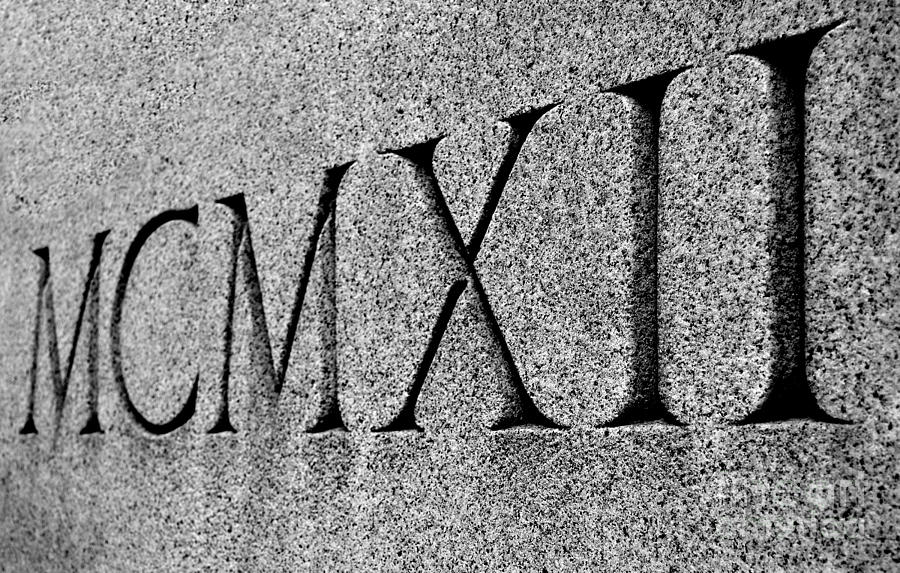https://www.google.com/url?sa=t&sou...wQFnoECA0QAQ&usg=AOvVaw2rTTl504_jOv8QxWPoq1Bo
7.3 N-Number Legibility.
The N-number is required to be legible and written in capital Roman style letters
without any ornamentation. You may use shading or a border only if it makes the
number more legible. Use the following guidelines:
7.3.1 Make sure the color contrasts sufficiently with the color of the fuselage to make it
easy to read. Be especially careful when the background is highly decorated, as in
checkering. Consider applying the requirements of 14 CFR 23.811(c)(7)(ii) or
14 CFR 25.811(f)(2), Emergency exit marking, as a test of whether the color of the
N-number contrasts sufficiently with the background.
7.3.2 Check the reflectance of external markings. Using electro-optical instruments or
photometer card sets is an acceptable means of verifying reflectance, but these
instruments are not required to establish reflectance. The FAA considers a 12-inch
number legible if you can read it from 500 feet away, in a horizontal line, and
perpendicular to the side of the aircraft during daylight hours, without using an optical
aid such as binoculars.
7.3.3 If you question whether an N-number is legible, because of either color or reflectance,
check with your local FAA inspector.











